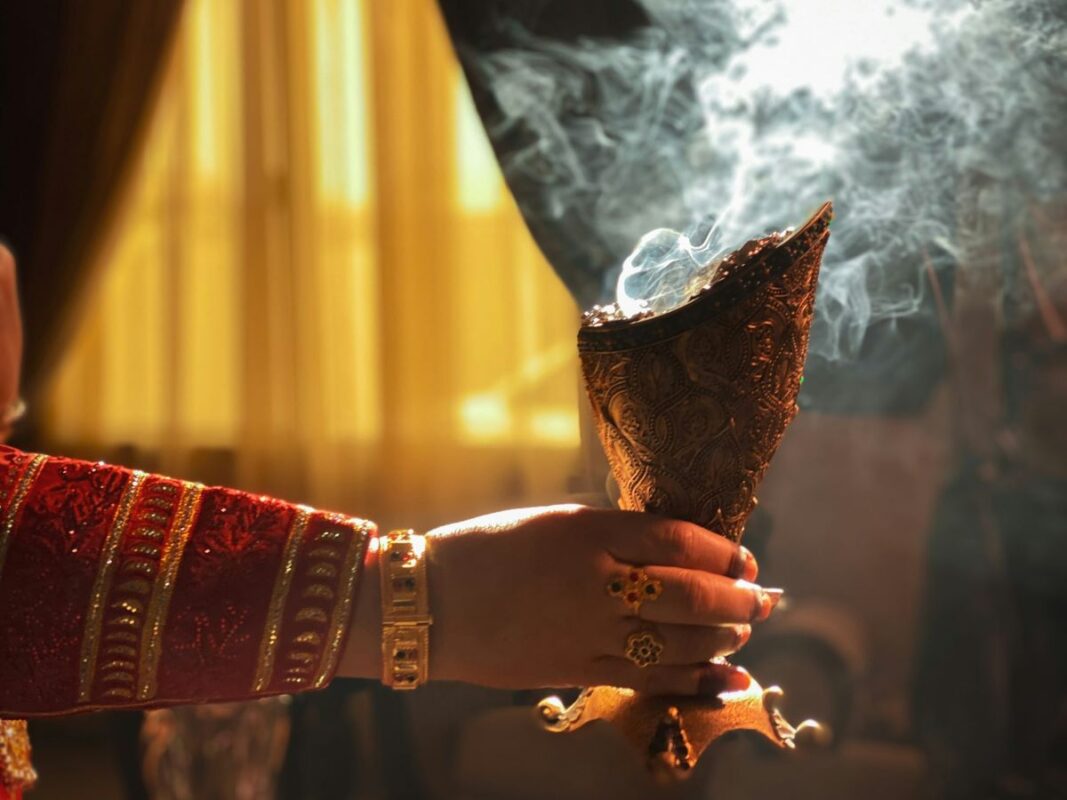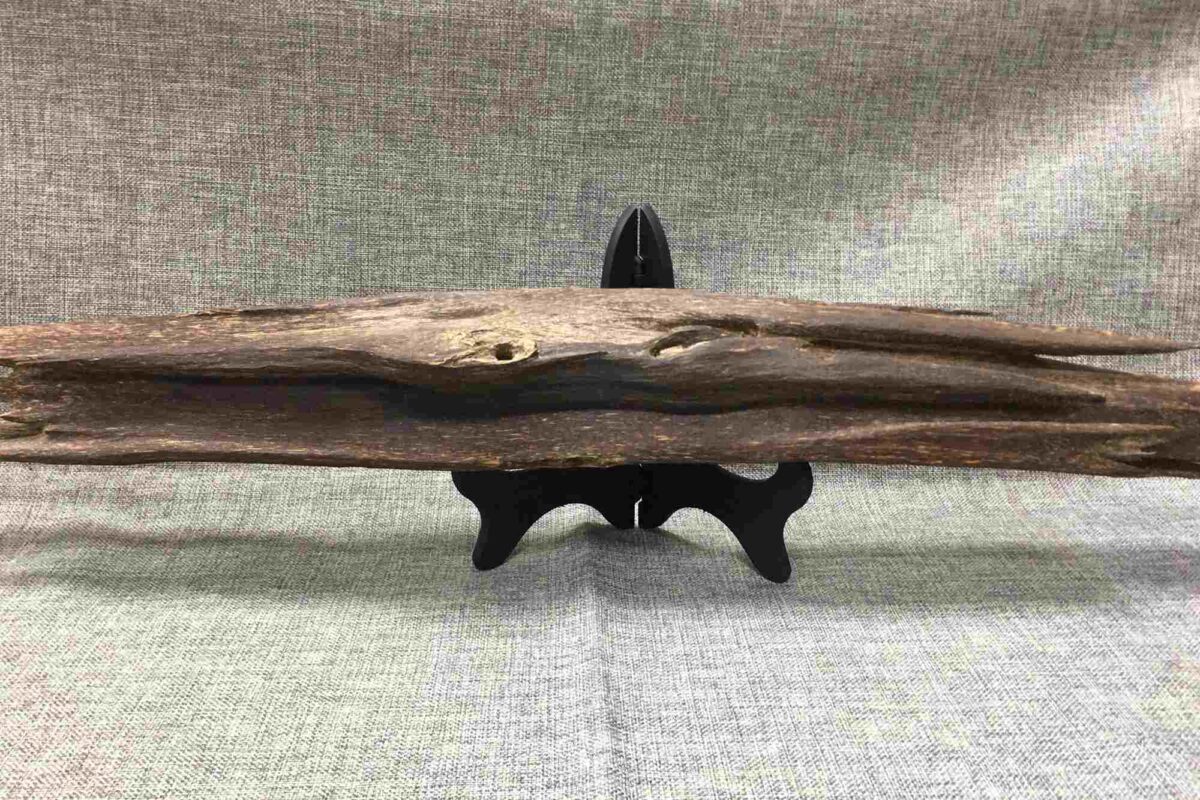In the realm of luxury fragrance and traditional incense, few substances carry as much cultural, spiritual, and aromatic weight as oud. Known for its deep, complex profile, oud—also called agarwood—has captivated hearts from the Arabian Peninsula to Southeast Asia. Within this rich world, two expressions stand out: bakhoor and agarwood chips. Though they’re often used interchangeably, their differences are essential to understand—especially for those seeking a refined scent experience.
Through this article, we aim to demystify the bakhoor vs agarwood chips debate. We’ll uncover their origins, compositions, fragrance characteristics, methods of use, and how each contributes uniquely to spiritual and sensory traditions. Whether you’re new to the world of oud or a seasoned enthusiast, understanding these distinctions will elevate your incense rituals and purchasing decisions.
What Is Agarwood? The Foundation of Oud
To grasp the differences, we must start with the source. Agarwood is a resinous heartwood produced by Aquilaria trees. When infected by a particular mold, the tree secretes a fragrant resin as a defense mechanism. Over time, this dark, rich substance becomes what we recognize as oud.
Natural agarwood is rare and precious. It takes years to form and is harvested carefully. Once collected, the wood is graded based on resin content, color, weight, and scent intensity. Top-tier oud wood chips are dark, dense, and release a captivating aroma when burned.
Agarwood chips are prized for their purity. Unlike blended products, they carry the unadulterated essence of oud—earthy, leathery, sweet, and smoky.
Understanding Bakhoor: The Art of Blended Fragrance
Bakhoor, on the other hand, is not a raw material. It is a crafted product made by blending oud powder or chips with natural oils, spices, resins, and sometimes floral essences. This blend is then shaped into small bricks, discs, or chips and aged to intensify the aroma.
Each bakhoor formula is unique, often kept secret by families or perfumers. Depending on the ingredients, bakhoor can lean floral, spicy, woody, or amber-like. The presence of oud lends depth and richness, but it is one element among many.
Thus, bakhoor is not just incense—it’s an artistic interpretation of scent.
Fragrance Profile Comparison: Bakhoor vs Agarwood Chips
The most noticeable difference between bakhoor vs agarwood chips lies in their scent.
Agarwood chips offer a natural, unblended fragrance. When heated, they release layers of complexity—bitter top notes, warm balsamic heart, and a smoky, resinous base. The experience is intimate, meditative, and unfolds slowly over time.
Bakhoor, being a fusion, hits the senses more immediately. It often opens with sweet or spicy notes—thanks to oils like rose, sandalwood, amber, or cinnamon. The oud within bakhoor supports the blend with its deep base note but doesn’t dominate.
In essence:
-
Agarwood chips = raw, natural oud expression
-
Bakhoor = crafted, composite aroma
Both are beautiful, but their effect and usage differ.
Burning Rituals and Cultural Applications
While both bakhoor and agarwood chips are burned to release aroma, the method and occasion vary.
Agarwood chips are typically reserved for formal settings, such as religious rituals, royal ceremonies, or personal spiritual practice. They are burned over charcoal or on an electric burner at a low temperature to avoid combustion. A single chip may perfume a room for hours.
Bakhoor is more versatile. Used in homes, salons, offices, and weddings, it’s seen as a welcoming scent. In many Middle Eastern cultures, guests are greeted with bakhoor upon entry. Its stronger, sweeter profile helps mask other odors and creates a festive atmosphere.
At Crescent Oud, we provide tailored guides on how to burn both types. Preserving the scent requires the right temperature and burner technique.

Longevity and Projection: Oud Chip Comparison
One major question buyers ask is: Which lasts longer?
Agarwood chips, due to their purity, have longer-lasting effects. The fragrance lingers not only in the air but also on clothing, furniture, and skin. A high-quality chip’s scent can remain for days, subtly transforming as it settles.
Bakhoor provides a strong initial projection but fades quickly. Because of its oil content and additive base, the scent is more volatile. However, certain blends with amber or musk may increase its staying power.
Therefore, in terms of longevity and depth, agarwood chips have the edge. For immediate ambiance, bakhoor is ideal.
Price and Rarity: Value in the Market
Another key distinction in the oud chip comparison is value.
Pure agarwood chips are among the most expensive natural materials in the fragrance world. Their price depends on region, age, and resin content. Cambodian, Hindi, and Vietnamese chips each command different market values.
Bakhoor, while luxurious, is more accessible. Since it blends oud with other elements, even a small amount of agarwood can be extended into a larger batch. This makes it more affordable for daily use or gifting.
Whether you’re purchasing premium bakhoor or top-grade oud chips, you can trust their origin and purity.
Cultural Symbolism and Sensory Significance
Oud is more than a smell—it’s a symbol of status, purity, and memory. Across Arab, Southeast Asian, and South Asian cultures, the scent of agarwood is woven into family gatherings, prayers, and life milestones.
Agarwood chips are revered in Sufi rituals, Buddhist ceremonies, and Japanese Kōdō (the incense way). Their smoke is thought to purify the space, calm the mind, and open the soul.
Bakhoor, in contrast, is tied closely to hospitality and celebration. It perfumes weddings, homes, and clothing in preparation for joyous occasions. Its aroma connects people, enhancing mood and environment.
Each plays a vital role—agarwood in introspection, bakhoor in interaction.

Modern Trends: Bakhoor Oud Wood Chips in Contemporary Life
In today’s global lifestyle, both bakhoor and agarwood are crossing into new realms. From high-end fashion boutiques to wellness spas, oud is becoming a signature scent.
Bakhoor oud wood chips, in particular, represent a hybrid trend. These are bakhoor blends crafted in chip form, using real oud wood as the base—offering the best of both worlds. Crescent Oud specializes in such premium creations, allowing users to enjoy complexity and authenticity simultaneously.
This blend of tradition and innovation ensures oud remains relevant while respecting its roots.
Conclusion: Choosing the Right Oud for You
Choosing between bakhoor vs agarwood chips is not a matter of which is better, but rather which is right for the moment. If you seek purity, depth, and a slow-evolving ritual, agarwood chips are unmatched. If you want rich complexity and a fragrant home environment, bakhoor delivers beautifully.
Understanding these nuances allows you to build a personal incense ritual—one that reflects your mood, culture, and taste.
At Crescent Oud, we honor both forms. We offer premium bakhoor oud wood chips, artisan bakhoor blends, and pure agarwood chips sourced from the world’s finest regions. Whether you’re beginning your oud journey or refining it, our products and guidance help you connect more deeply with this ancient, sacred scent.



